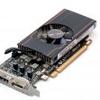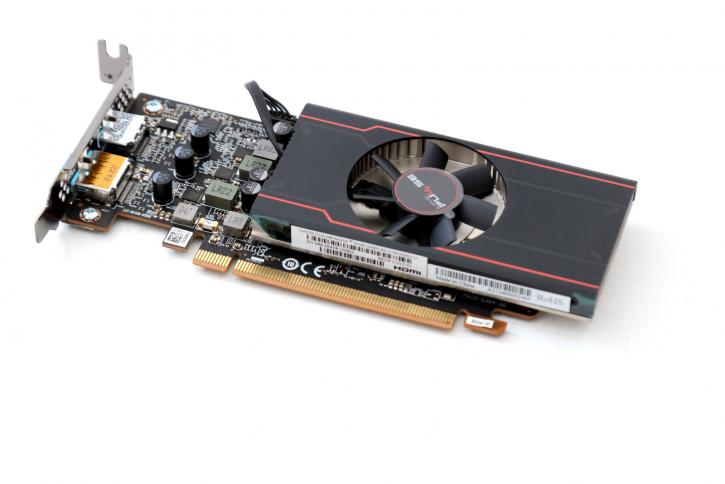Introduction
Sapphire Radeon RX 6400 Pulse review
Recently, AMD devoted valuable 6nm silicon to developing two mainstream graphics cards based on the RDNA 2 architecture. The Radeon RX 6500 XT and the Radeon RX 6400 are priced between 160 USD, and they appeal to gamers searching for FHD gaming. After examining the RX 6500 XT, we were disappointed because RX 6400 is based on the same Navi 24 architecture. Tied towards a PCIe Gen x4 link (3.0/4.0), this card performs at RX 470/480 performance levels as long as you stick to Full HD and do not run our of graphics memory (which is bound to happen fast at 4 GB in ther year 2022). The card are thus positioned as a max 1920x1080 offering and will include a GPU based on NAVI24. The Navi 24 GPU-based graphics cards are manufactured on a 6nm process and have a maximum of 4 GB of gddr6 memory and yeah, are connected through a very restricted 64-bit memory interface.
The Radeon RX 6400 uses the same Navi 24 silicon as the RX 6500 XT, which was released earlier this year. The RX 6400 is distinguished by activating 12 of the 16 computing units physically present on the silicon, yielding 768 stream processors, 12 Ray Accelerators, 48 TMUs, and 32 ROPs. The processor supports DirectX 12 Ultimate API features like as ray tracing. The memory subsystem is the same as in the RX 6500 XT. You receive 4 GB of GDDR6 memory via a 64-bit wide memory bus at a data rate of 16 Gbps, for a total memory bandwidth of 128 GB/s. 16 MB of on-die Infinity Cache memory helps to accelerate things.
NAVI24
The Navi GPU 24 is manufactured using TSMC's 6 nm process, just as rumors had suggested. The Navi 24 chip should be the last of this generation's chipsets. While doing so, the chip also serves as AMD's first consumer product to be manufactured on a node smaller than 7 nanometers. Navi 24 has a chip area of approximately 107 square millimeters, sufficient room for "up to 16" compute units to be turned on simultaneously. This would result in a total of 1024 computational cores or shader processors. Compared to the size of Navi 23, which powers the Radeon RX 6600 cards, Navi 24 is roughly half the size of Navi 23. A 16 MB Infinity Cache and up to 4 GB of GDDR6 RAM will be available on a 64-bit memory bus. Thus, the GPU concentrates its efforts on low-cost PCs and games in 1080p resolution.
The RX 6400's main rivals include Nvidia's older GTX 1650 Super and GTX 1650, AMD's previous-generations RX 480 / 5500 XT, and the somewhat more costly RX 6500 XT. Here's how the specifications compare. The cards contain a single DisplayPort and HDMI port.


